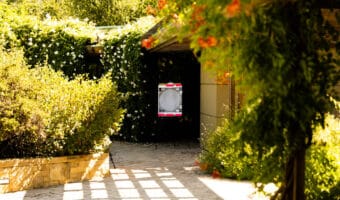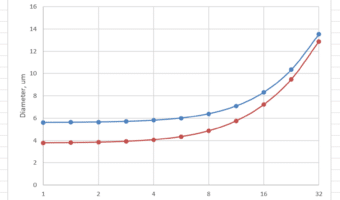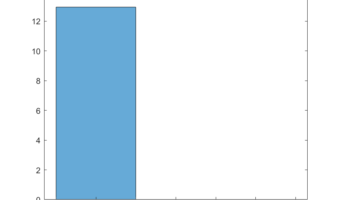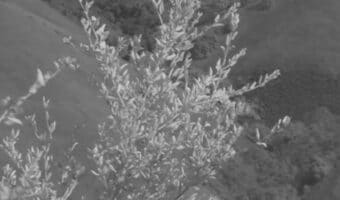Adobe has introduced a new feature in Camera Raw 13.2. They call it Super Resolution. I’ll call it SR here. SR is a demosaicing technique that produces an output image with twice the number of pixels as the raw file in both dimensions. That means the file as four times the number of pixels of… [Read More]
Diffraction and sensors
A couple of days ago, a poster on the DPR MF board made a remarkable claim in response to speculation about a 100 MP X-series Hasselblad. One word, diffraction. The X1DII and X1D doesn’t have, none or perhaps very little that I’ve noticed anyway. As you might expect, I challenged that assertion: Lenses suffer from… [Read More]
Math in photography
I received an interesting message today: I am at the moment studying math and chemistry (to become a teacher) and am about to start with my diploma/master thesis. I thought writing about a mathematical aspect in photography , and since you are one of the best educated people I know in that area, I wanted… [Read More]
Does repeated JPEG compression ruin images?
Note: this post has been extensively revised. I keep reading assertions like this one that was just posted here: When saving and opening a JPEG file many times in a row, compression will ruin your image. I knew from hanging around with some of the IBMers working on the original JPEG standard that recompressibility with no… [Read More]
IR images without demosaicing, revisted
A long time ago, I experimented with developing deep infrared images without demosaicing. I used some of my own images with a camera that had an antialiasing filter, and some the I got from Lloyd Chambers using a camera with no AA filter. I found very small improvements in the ones without the AA filter…. [Read More]
- « Previous Page
- 1
- …
- 27
- 28
- 29
- 30
- 31
- …
- 385
- Next Page »



